Microsoft could save 'Surface Andromeda' with an Insider Program for hardware
If Microsoft wants "Surface Andromeda" to succeed, it should follow its own steps for HoloLens and the Windows Insider program. Here's how the company could do that.
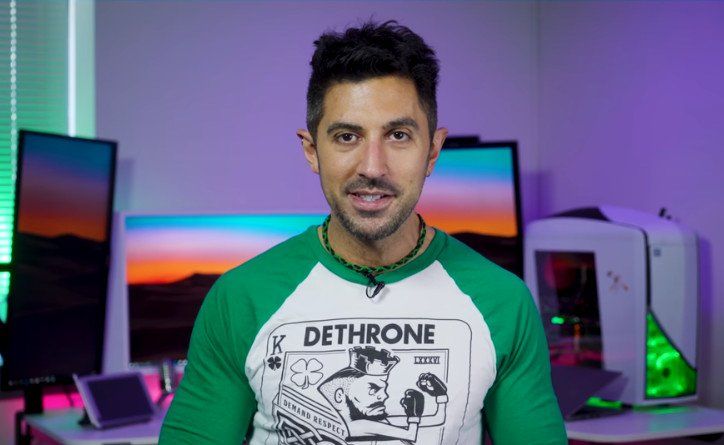
There's been a lot of news these last few weeks around Microsoft's rumored foldable "Surface Andromeda" project – which is as much a software effort as a hardware one. It's unsurprising that as we get closer to its launch window, more information leaks out. But the latest bits have turned to the negative: delays, rethinking, and even talks of cancellation.
But what are the expectations for Microsoft regarding Andromeda, and how could the company "save" the project? Look no further than Microsoft' HoloLens launch and the Windows Insider Program .
Go big, or go small, but just go
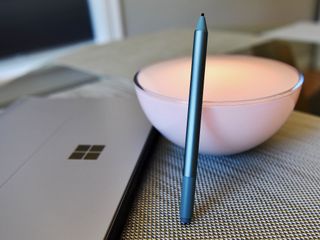
It's unclear how Microsoft would position Andromeda, and that is part of the problem. The "it's not a phone, but it makes calls, so it's kinda a phone" model is going to be a tough sell, especially with the memory of Windows 10 Mobile still lingering, more importantly, snarky media who have all but declared the whole thing a failure.
Assuming Microsoft goes big on its launch with Andromeda, it will need millions of dollars for advertising, production, in-store launches, partnerships, and deals with developers. Those funds would be needed at a minimum to combat the Apple and Google duopoly on mobile.
The risk of going big is the genuine possibility of this foldable PC's spectacular failure. Could Microsoft withstand such a scenario in the hardware space? Yes, but it would sting. No one lets them forget Windows RT and Surface RT, and it's been four years already, not to mention its efforts in phones.
And this failure would all fall right on the shoulders of Microsoft's CEO Satya Nadella, who, so far, has a mostly unblemished record and has done nothing but grow the company. It's not hard to blame him for being skittish about such a risk.
The other option is to cancel Andromeda, move on, and focus on the safe bets. Technically, that works – there is no Andromeda now, so it's hard to miss it. The company continues to move to cloud, focus on Windows in more traditional form-factors, and call it a day. The problem here is this move all but shuts the door on any mobile ambitions, at least in the "pocketable" sense.
Get the Windows Central Newsletter
All the latest news, reviews, and guides for Windows and Xbox diehards.
There is a third option, too, though: go small.
HoloLens and the slow burn
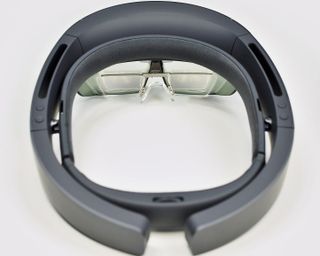
In January 2015, Microsoft shocked the tech world. Not only was it getting into holographic computing, the company already had a working, wearable prototype that it planned to bring to market.
What Microsoft did not do – despite the high interest – is launch HoloLens into mass consumer markets immediately. Instead, it took around 14 months to soft-launch it for developers at $3,000 a pop in 2016, and that was in waves extending through the rest of that year.
By 2017, reports of Microsoft having only sold "thousands" of HoloLenses hit the web. And that number met its expectations.
This was the right approach. HoloLens is too expensive for consumers, and even if it weren't, the software, experience, games, and design would not make it a huge consumer hit.
I see little reason why Microsoft should not take a similar approach to ambitious hardware technology, even with the Surface line.
Tidal waves start with a ripple
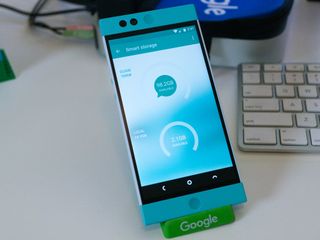
Microsoft should hold a public press event, reveal Surface Studio 2 and any other advancements to Windows 10, and then close with Andromeda. The company should present it as a concept device that it wants to bring to market.
You should be able to preorder it right away, with shipments in early 2019. The product would be for those on the cutting edge, who want to help Microsoft build the next big thing.
The rest is straightforward:
- Announce limited-edition devices.
- Take preorders, maybe in waves.
- Seed to Microsoft MVPs, developers, and influencers.
Once the device is in people's hands, and some hype is built, and you see what the developer and hacker community does with it, we'll if they like it or not. If it's a flop and everyone hates it, slowly ramp it down, learn from mistakes and iterate. Or Microsoft could move on from the project altogether.
By getting Andromeda – or any other experimental device – into the hands of its prized developers, the company could help drive interest and, yes, app development. If, however, people do like it and it starts building interest, the company could continue to ramp up production. It could create hype and leverage constrained production to create false scarcity. Sneaker companies like Nike do this all the time. So do first-time innovators.
Every week there are indie hardware outfits "launching" new products on Indiegogo or other crowdfunding sites. There, people hand over hundreds of dollars for products that they have never seen in person or even technically exist. Sometimes, a year later the hardware launches, and if the campaign is successful, they go on to the next thing. Companies do these micro-models for launching innovative hardware without sufficient capital. Microsoft can follow the same safe model and still leverage its capital, support, manufacturing prowess, and do it even better.
If Microsoft is serious about pushing boundaries of hardware, it doesn't always need to be mass market. Surface Studio proved that. But the company should also use all the tools at its disposal, and that includes smaller, niche launches where the community could help organically grow the product.
Windows Insider Program for hardware
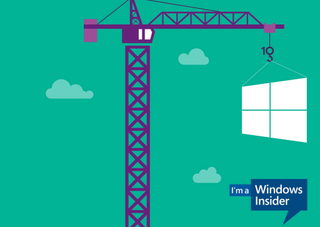
Microsoft already openly tests and develops much of its software in the open. Any "leaks" about Windows 10 are always amusing because a few weeks later Insiders usually have them installed.
Why not take the same approach to new hardware?
I see little reason why a company like Microsoft that prides itself on innovation cannot run, support, and engage in public incubation projects around experimental hardware. Even if the company never makes those products en masse for consumers, it has stable hardware partners in HP, Dell, Lenovo, and others who can. The idea of reference designs is well known in the PC industry. This would be an extension of that.
Microsoft actually did something on a smaller scale in 2015 with the Lumia 950 and Display Dock, so the idea isn't crazy.
Not everything needs to be built in secret for five years and be a massive hit right out of the gate. Andromeda has too much interest in it – even if niche – to pretend it did not happen. Microsoft can go a third way with hardware that nicely matches its approach to software; it just needs to take the first step.

Daniel Rubino is the Editor-in-chief of Windows Central. He is also the head reviewer, podcast co-host, and analyst. He has been covering Microsoft since 2007 when this site was called WMExperts (and later Windows Phone Central). His interests include Windows, laptops, next-gen computing, and wearable tech. He has reviewed laptops for over 10 years and is particularly fond of 2-in-1 convertibles, Arm64 processors, new form factors, and thin-and-light PCs. Before all this tech stuff, he worked on a Ph.D. in linguistics, performed polysomnographs in NYC, and was a motion-picture operator for 17 years.